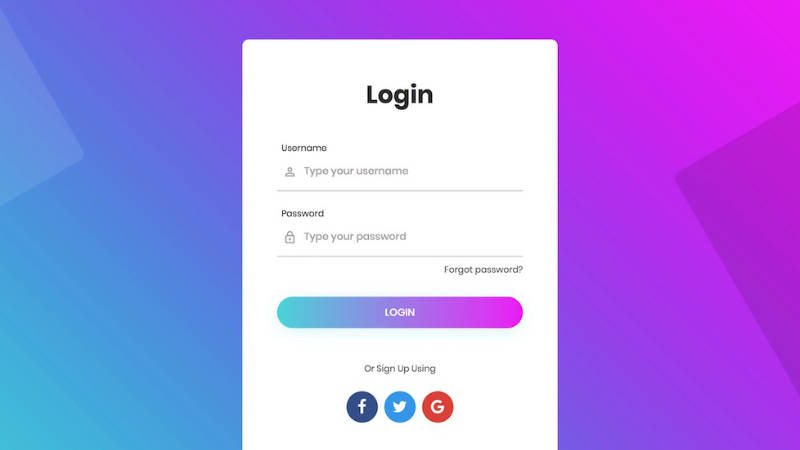
So You Want A Members Section?
So you've got some exclusive content you want to share with a select group of people. A members-only page on your website sounds like the perfect solution! But before we can dive in, there are some things we need to consider
How Many Members Are We Talking About?
A small, hand-picked group of loyal customers? Or a potentially vast membership base? Knowing the scale will influence the type of member management system you need. A log-in system controlled by a simple spreadsheet might suffice for a small group, while a larger community will most likely need an automated database-driven system.
The Gatekeepers: How Will Members Get In?
There are two main ways to control access:
1. Self-Signup: This allows potential members to register on a dedicated webpage, creating their own accounts and passwords. This is great for open enrollment but requires a secure registration process.
For self-signup, you'll need an automated system that verifies email addresses and grants access, or you can manually review and approve new membership applications.
The manual method offers more control but takes time and effort.
2. Admin-Assigned Membership: This is the simple option. You, or someone you designate, hand-picks members and grants them access, sending them their credentials via email.
This is ideal for small communities where robust security isn't essential. The downside is that it takes time, as you need to manage everything yourself, including re-issuing forgotten passwords (read on for more!).
Password Power: Who Gets to Choose?
Passwords are one of the most overlooked components of any member's area, and ironically, they are also the most important.
Every member needs to use a strong password, but who chooses them?
Member-Created Passwords: This is the most common and risky method. If sensitive data is in your member's area, you MUST ensure the user's passwords are strong. Not, for instance, the word "password"!
If you opt for a self-signup system, it MUST ensure that the passwords are robust. This adds yet another level of complexity to an automated system.
Admin-Assigned Passwords: This greatly simplifies things but raises security concerns if passwords aren't unique and complex. Plus, users will often complain that their passwords are not memorable. (Hint: Passwords shouldn't be memorable! That defeats the point of a password.)
The Forgotten Password Conundrum
How often have you tried to log in to a web page only to have your password refused, even though you KNOW 100% it's correct?
Yep, we've all been there. And as you'll soon realise, once you run a members section, 99% of the time, it isn't the web page that is broken and not accepting the correct password. It's simple human error.
The reality is, somehow, your members will have to be able to either recover their passwords or reset them.
This facility has to be offered by any automated system employed. Or, if you do things manually, you'll spend a lot of time sending out new passwords.
Do You Really Need Members?
In some instances, you might not need a members section at all, but a simple password-protected page(s). Want to allow new users to view your protected page? Just give them the password.
Of course, this approach will inevitably mean that the password will leak into the wider world. But you can keep on top of that by regularly changing it and simply issuing the new one to your users.
A password-protected page, or pages, is the more straightforward way to go. It's easy to manage and far cheaper to implement.
